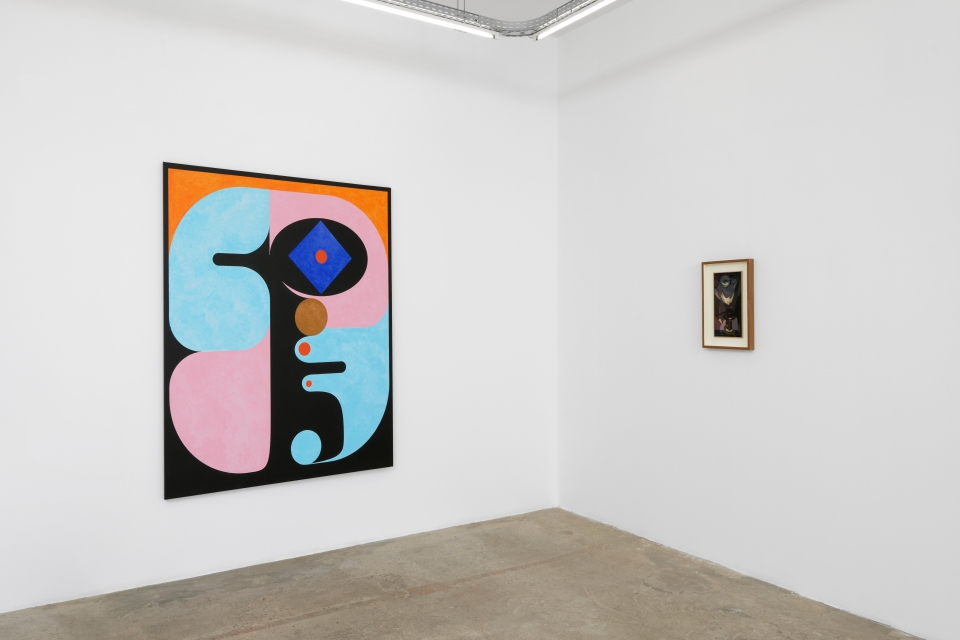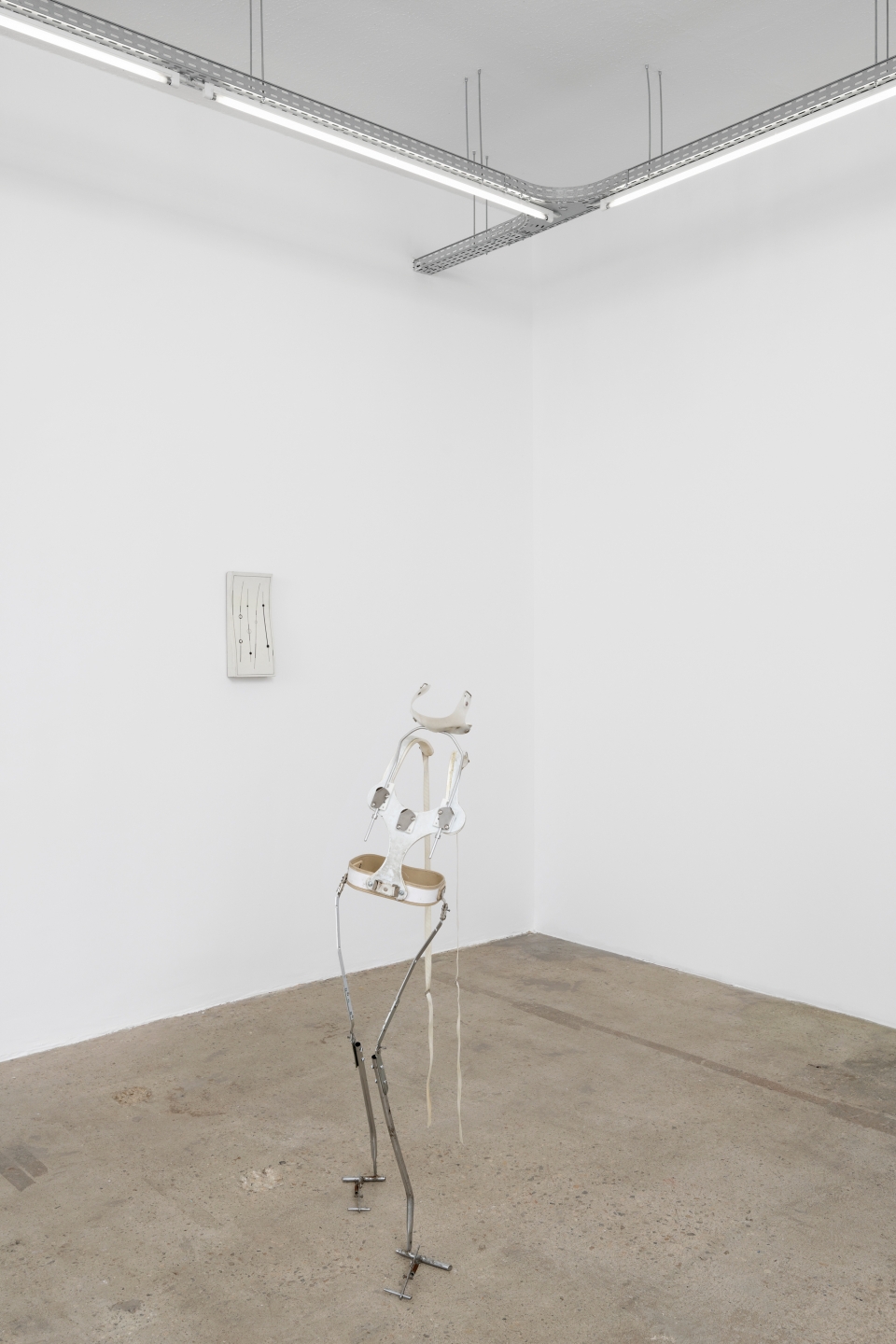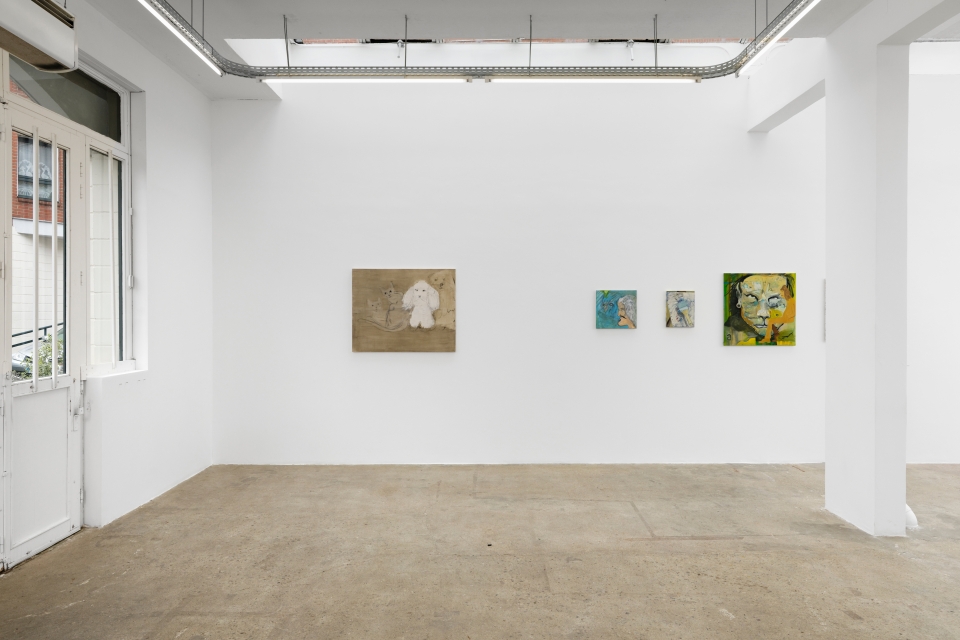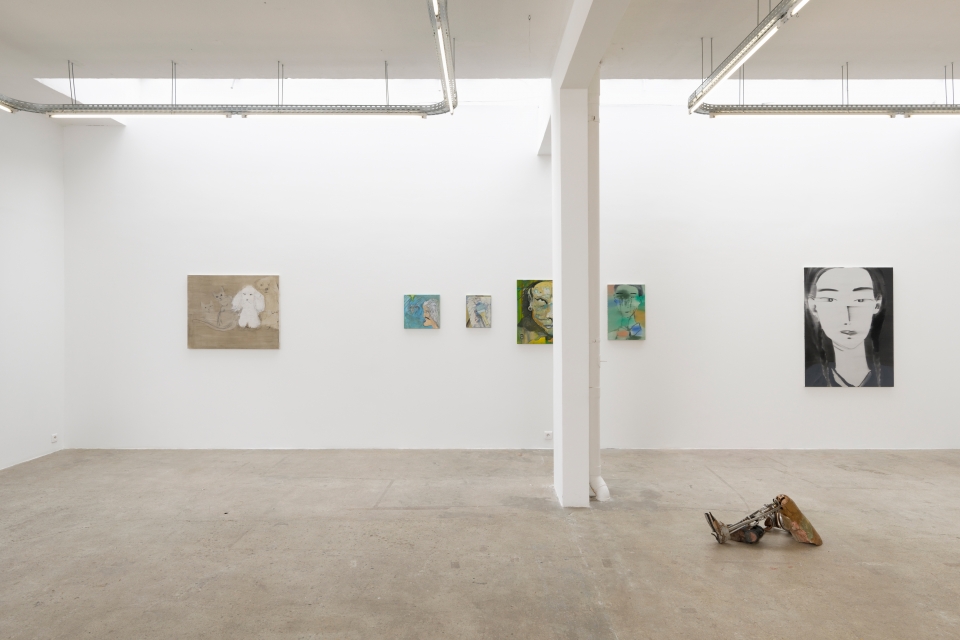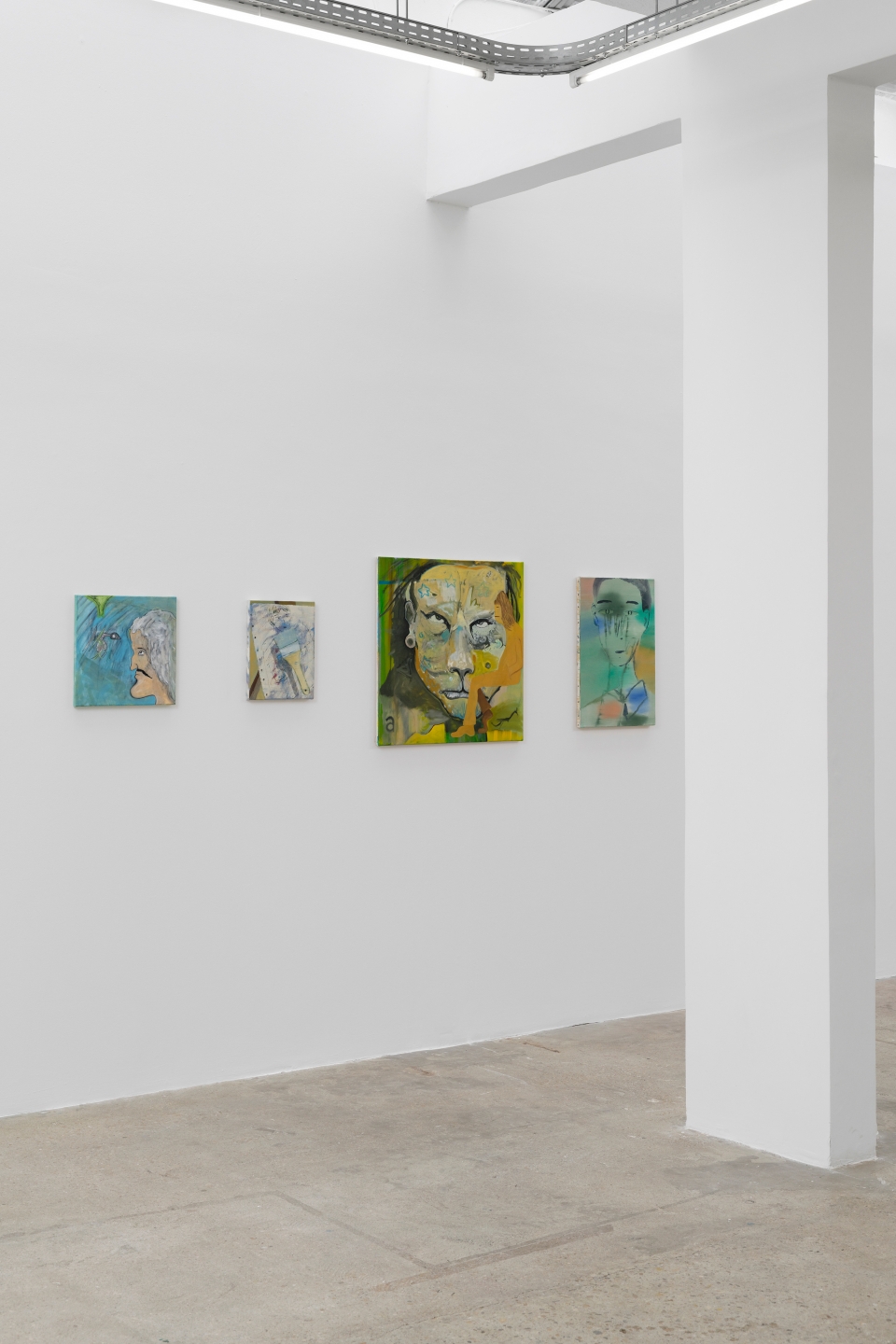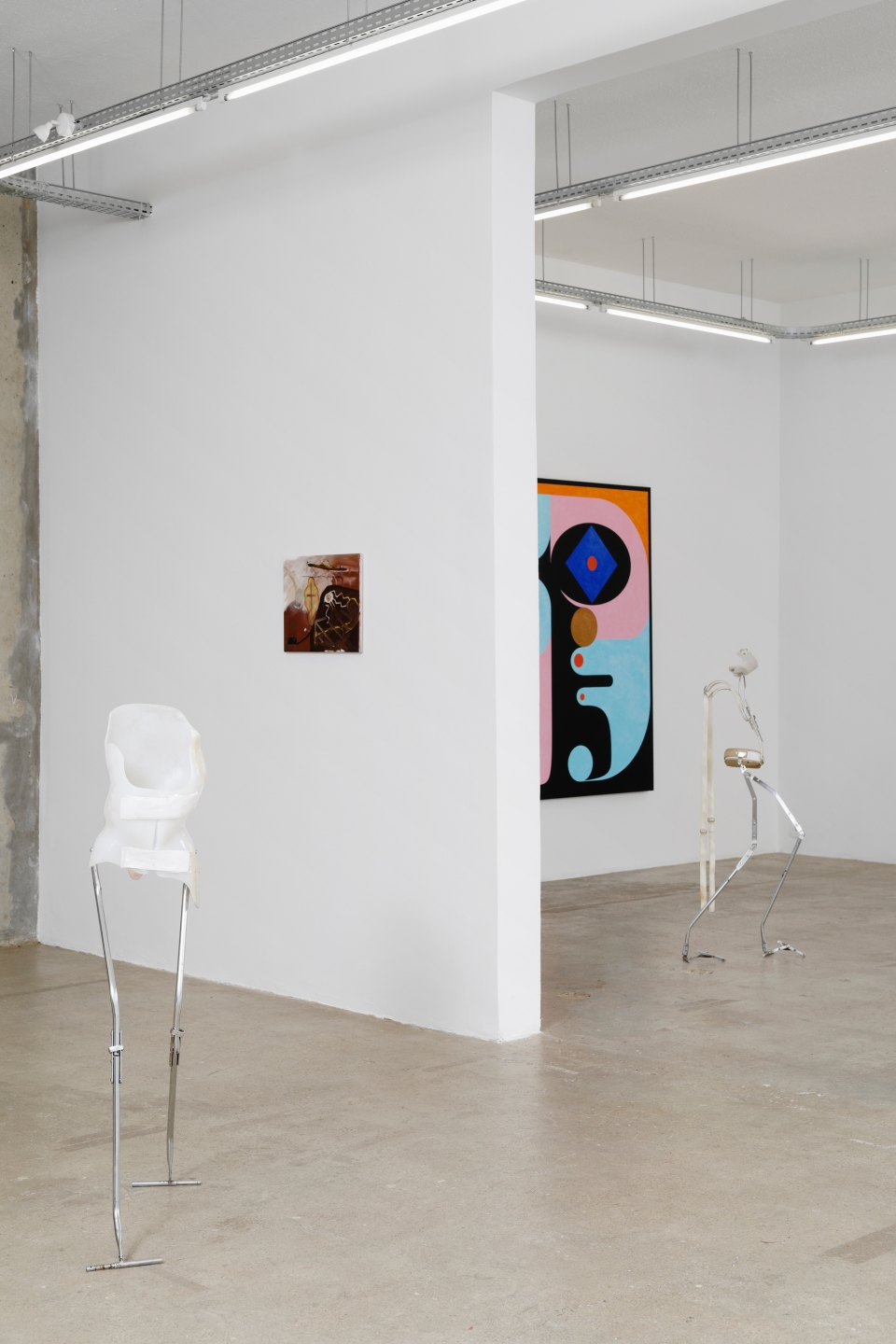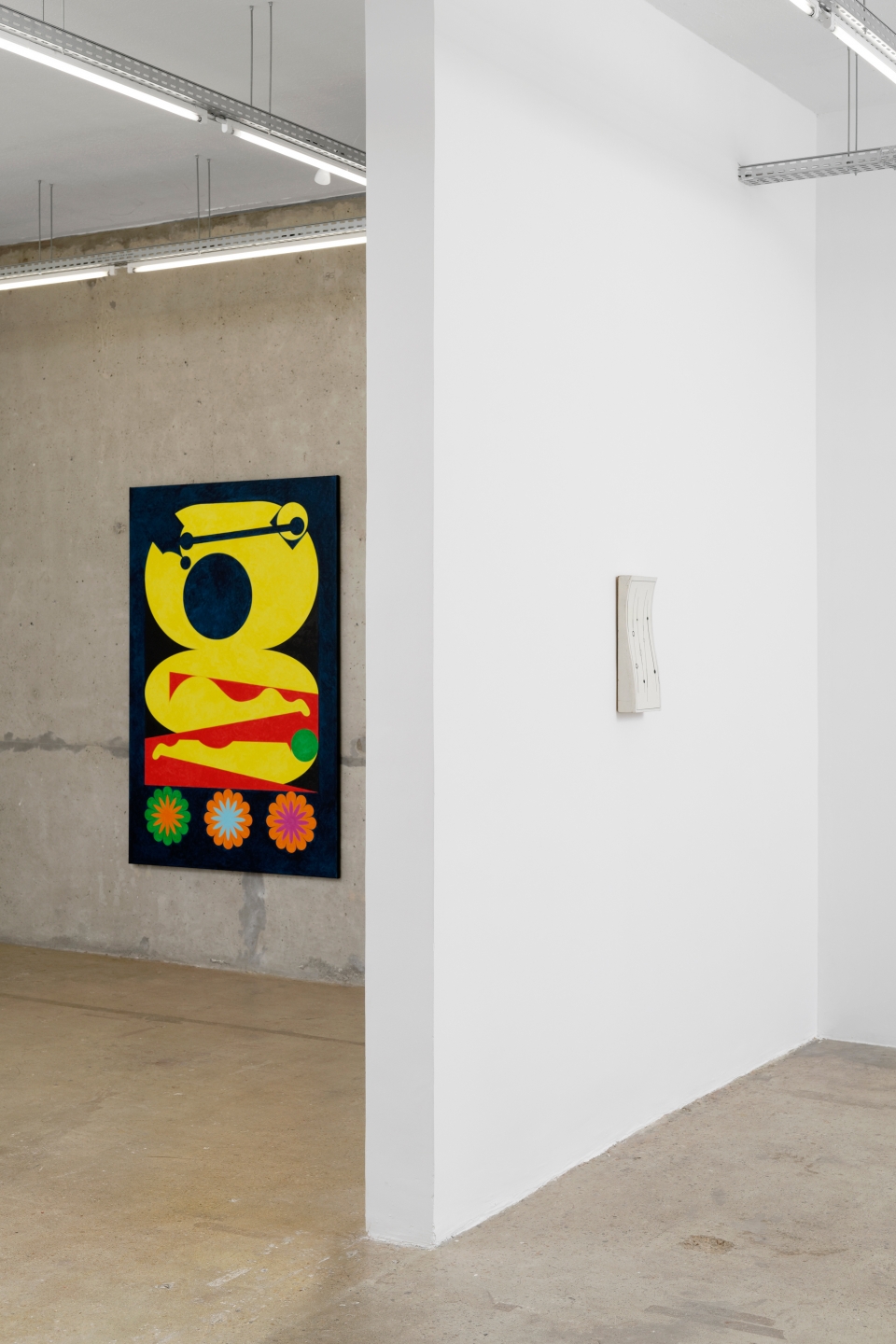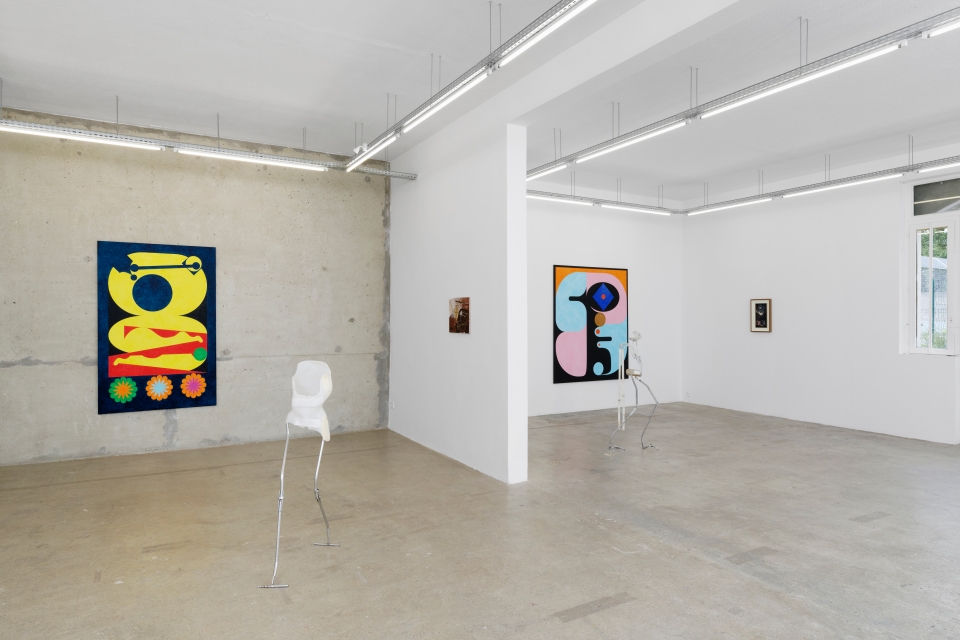EN: Are you telling one of a painter, or a wizard?”
“In truth,” answered he, “that question might be asked much more seriously than you suppose. They say that he paints not merely a man’s features, but his mind and heart. He catches the secret sentiments and passions, and throws them upon the canvas, like sunshine,—or perhaps, in the portraits of dark-souled men, like a gleans of infernal fire. It is an awful gift,” added Walter, lowering his voice from its tone of enthusiasm. “I shall be almost afraid to sit to him.”
[…]
Nothing, in the whole circle of human vanities, takes stronger hold of the imagination, than this affair of having a portrait painted. Yet why should it be so? The looking-glass, the polished globes of the andirons, the mirror-like water, and all other reflecting surfaces, continually present us with portraits, or rather ghosts, of ourselves, which we glance at, and straightway forget them. But we forget them, only because they vanish. It is the idea of duration—of earthly immortality—that gives such a mysterious interest to our own portraits. Walter and Elinor were not insensible to this feeling, and hastened to the painter’s room, punctually at the appointed hour, to meet those pictured shapes, which were to be their representatives with posterity. The sunshine flashed after them into the apartment, but left it somewhat gloomy, as they closed the door.
There is a short story by Nathaniel Hawthorne called “The Prophetic Pictures”, (published in Twice-Told Tales,in 1837). The tale evokes a painter who has the ability of reading the fate of the people he paints. He foreshadows the disastrous fate of a couple, Walter and Elinor Ludlow, while commissioned to make their painting.
The group show aims at inspecting the necessity of the artist to envision, not only what Hawthorne and his contemporaries called “human nature” but also the current political, cultural, technological and social context, the necessity to use the “awful gift” as Hawthorne writes, which impels to discern our future.
Thank you: Jan Kaps, Gregor Staiger et Marie Lusa, Natalie et Julien Seroussi, Mathias Chetrit, Collection Jean Cherqui, David Fleiss, and the artists.
Carmelo Arden-Quin, Vittorio Brodmann, Hannah Höch, Ad Minoliti, Berenice Olmedo, Yu Nishimura
The Prophetic PicturesCrèvecœur, 9 rue des Cascades, Paris
Me parlez-vous d’un peintre ou d’un magicien ? »
« À vrai dire », répondit le jeune homme, « la question que vous posez pourrait être prise au sérieux. On dit qu’il ne peint pas seulement les traits, mais l’esprit et le cœur. Il saisit les passions et les sentiments secrets et les projette sur la toile, comme l’éclat du soleil – ou, lorsque son modèle est une personne à l’âme noire – comme les lueurs du feu d’enfer. C’est un don inquiétant », ajouta Walter, l’enthousiasme disparaissant de sa voix. « J’ai presque peur de poser pour lui. »
[…]
De toutes les vanités humaines, aucune ne s’empare plus fortement de l’imagination que cet acte de se faire faire son portrait. Pourquoi en est-il ainsi ? La glace, les globes polis des chenets, le miroir de l’eau et toutes les autres surfaces réfléchissantes nous présentent à chaque instant notre double, ou plutôt notre fantôme, que nous regardons distraitement et oublions aussitôt. Mais nous ne les oublions que parce qu’ils disparaissent. C’est l’idée de durée, d’immortalité terrestre, qui donne au portrait son mystérieux attrait. Walter et Elinor n’étaient pas insensibles à ce sentiment. Ils se hâtèrent de se rendre chez le peintre ponctuellement, à l’heure convenue, pour contempler ces formes figurées qui devaient les représenter aux yeux de la postérité. Le soleil entra avec eux dans la pièce, mais l’ombre retomba plus épaisse lorsqu’ils eurent fermé la porte.
Dans la nouvelle de Nathaniel Hawthorne intitulée «The prophetic Pictures», (publiée dans Twice-Told Tales, en 1837), un peintre a la capacité de lire le destin des personnes qu’il peint. Alors qu’il est chargé de réaliser le tableau d’un jeune couple de Boston, Elinor et Walter Ludlow, il prédit leur destin funeste.
Cette exposition évoque la nécessité pour l’artiste d’envisager, non seulement ce que Hawthorne et ses contemporains appelaient la «nature humaine», mais aussi le contexte politique, culturel, technologique et social actuel, la nécessité d’utiliser le «don terrible», comme l’écrit Hawthorne, qui nous pousse à discerner notre avenir.
Remerciements: Jan Kaps, Gregor Staiger et Marie Lusa, Natalie et Julien Seroussi, Mathias Chetrit, Collection Jean Cherqui, David Fleiss et les artistes.
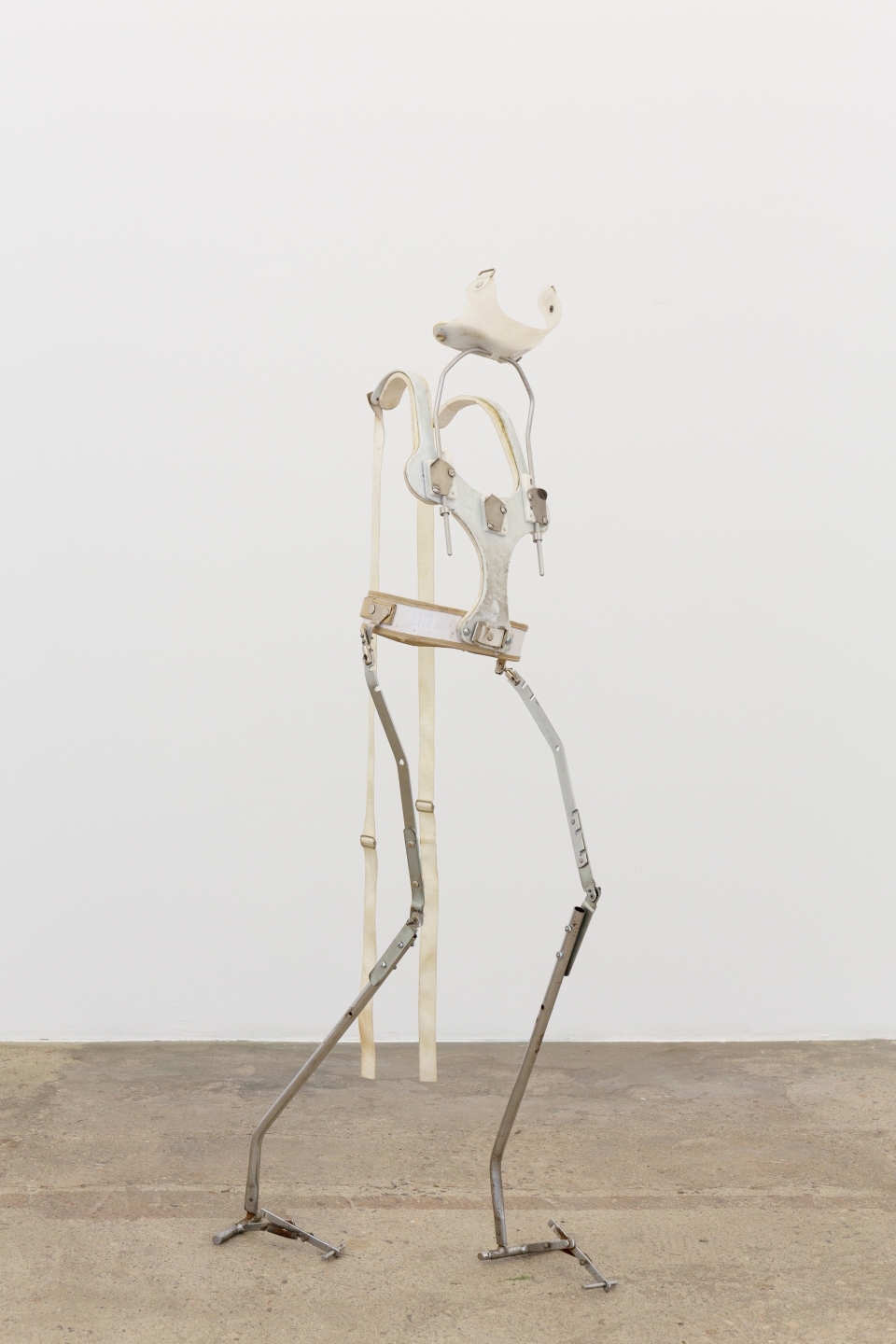
Berenice Olmedo, Elena, 2021, cervico-thoracic orthosis for cervical traction, orthopedic Twister belt, half leather, neoprene macanic knee brace joint, fixed cervical traction and antique stroller parts, 137 × 36 × 60 cm.
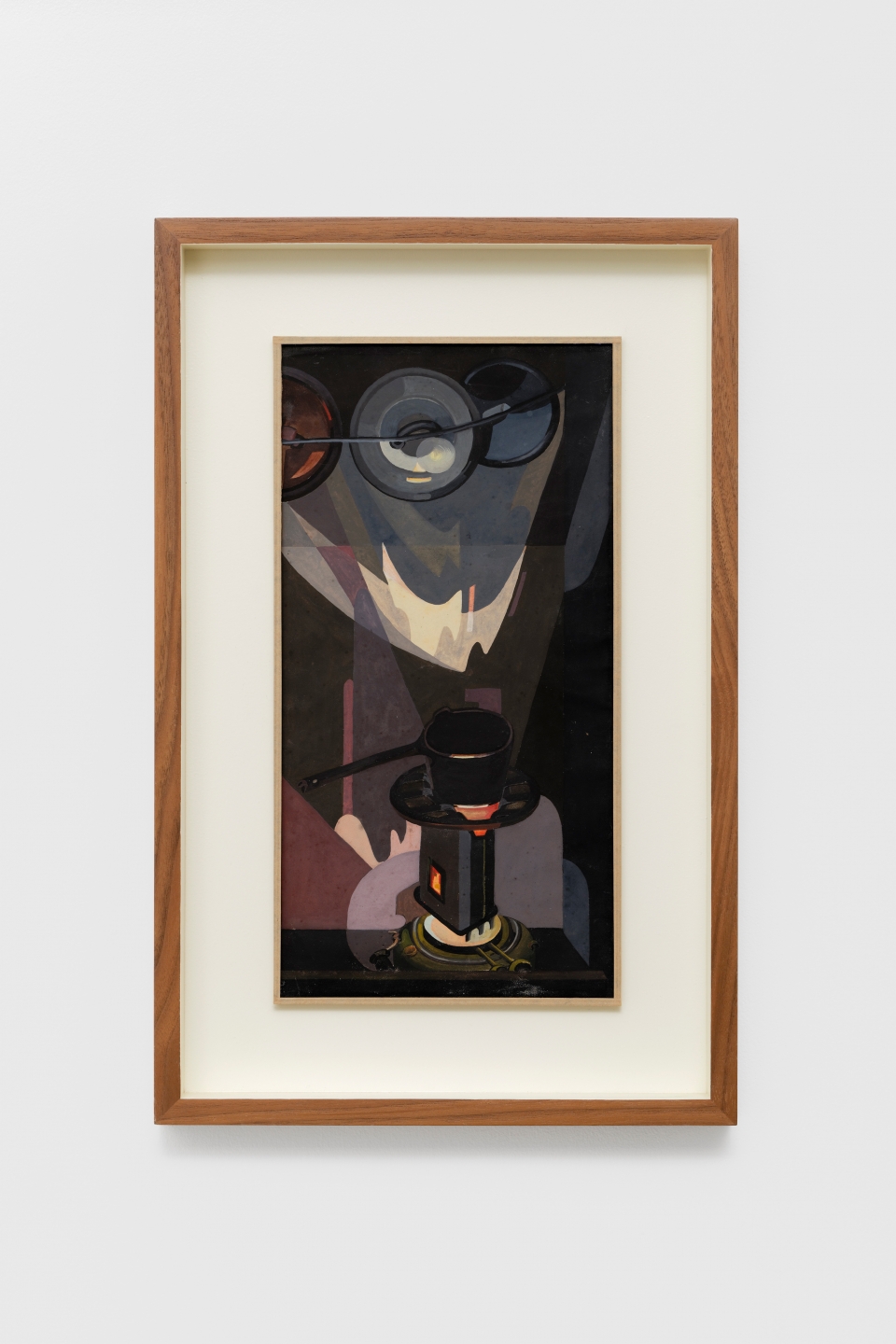
Hannah Höch, Küche und Petroleumkocher in den Haag, 1927, watercolor and gouache on paper, 37,5 × 19,2 cm.
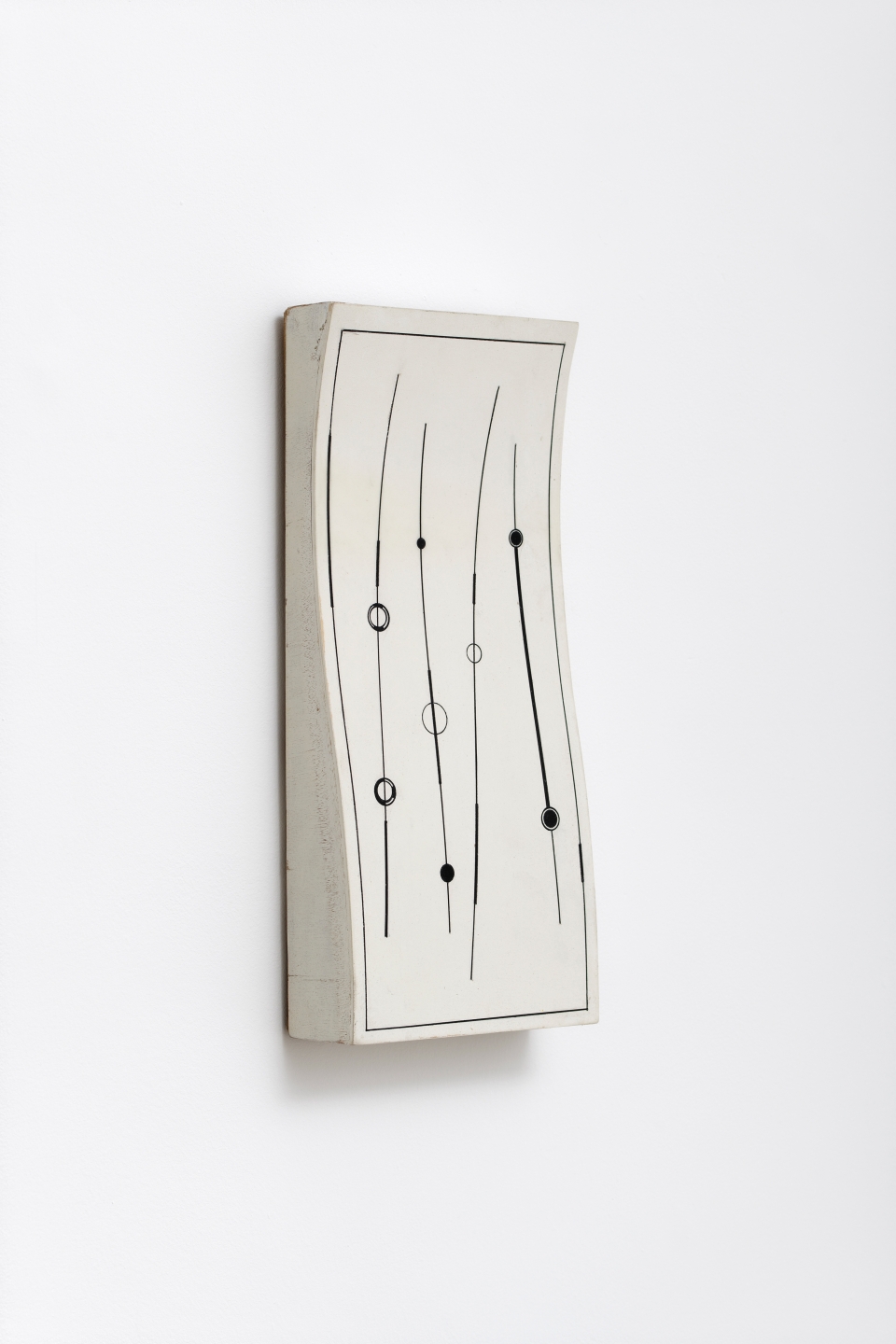
Carmelo Arden Quin, Forme galbée n°3, 1952, painting on wood, 41,3 × 18,8 × 6 cm.
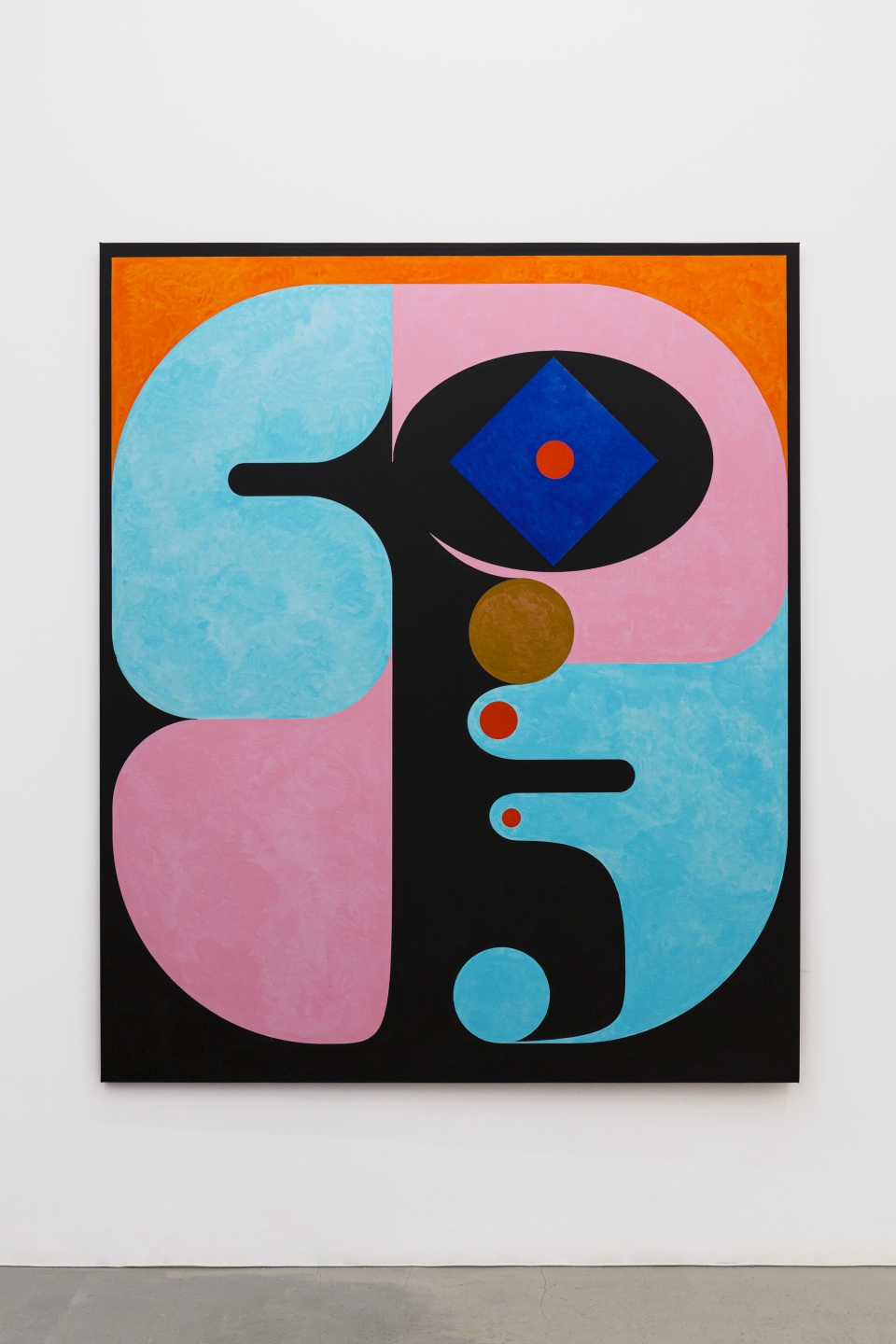
Ad Minoliti, Teteras, 2021, acrylic on canvas, 180 × 150 cm.
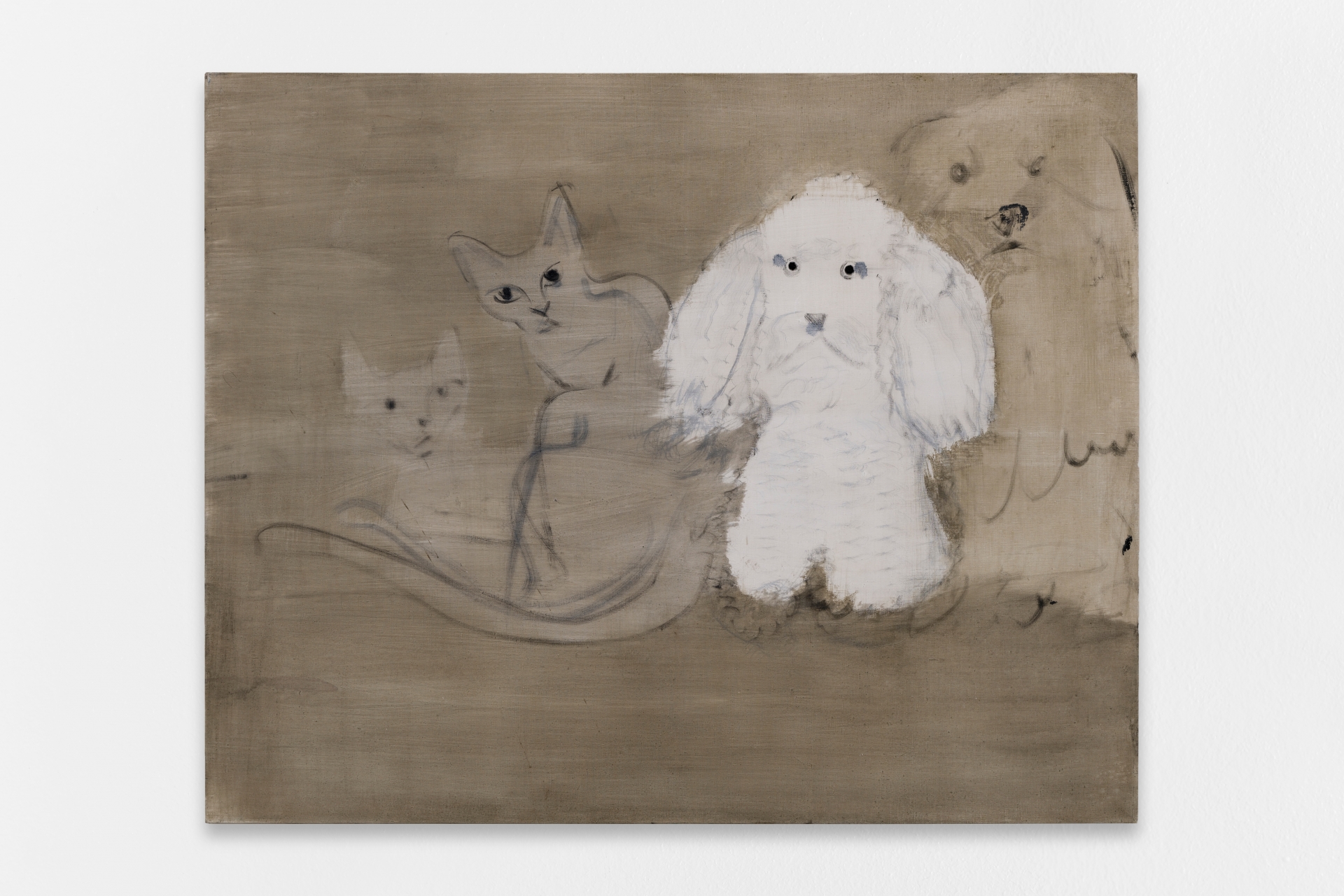
Yu Nishimura, Just one, 2021, tempera on canvas, 80,3 × 100 cm.

Vittorio Brodmann, Untitled, 2020, oil and charcoal on canvas, 37 × 39 cm.
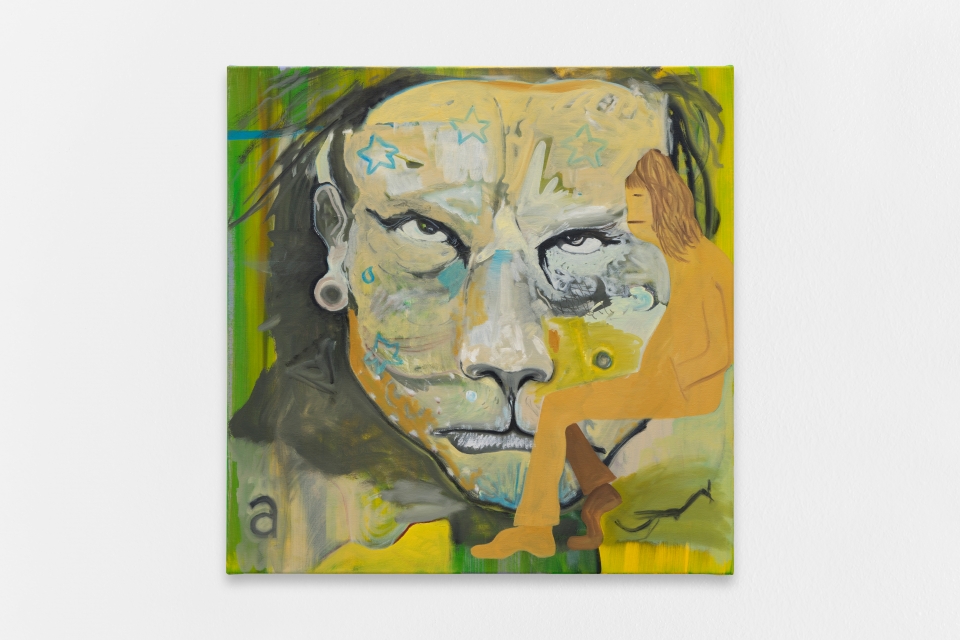
Vittorio Brodmann, Untitled, 2021, oil on canvas, 70 × 70 cm.
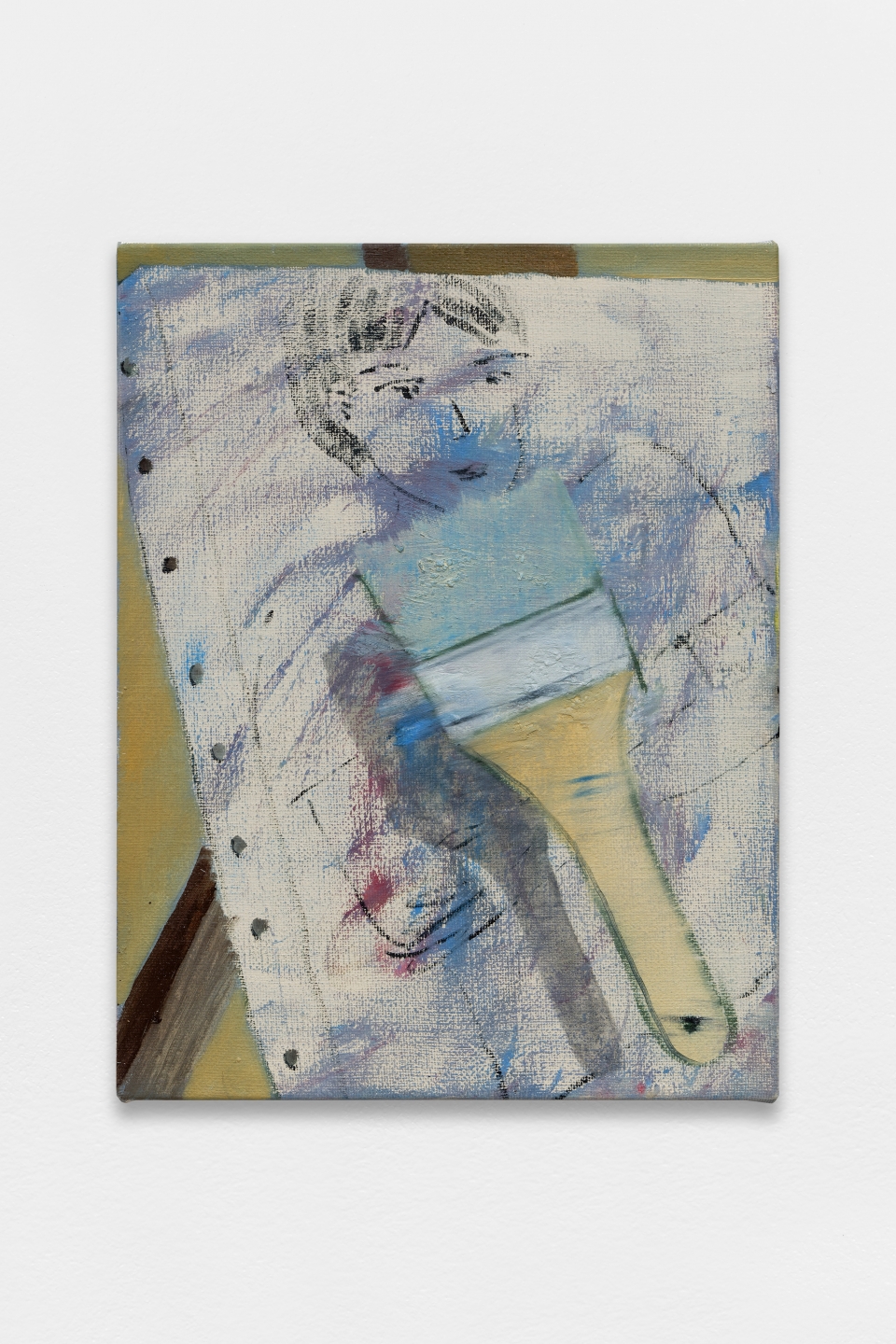
Yu Nishimura, Substance, 2021, oil on canvas, 35 × 27 cm.
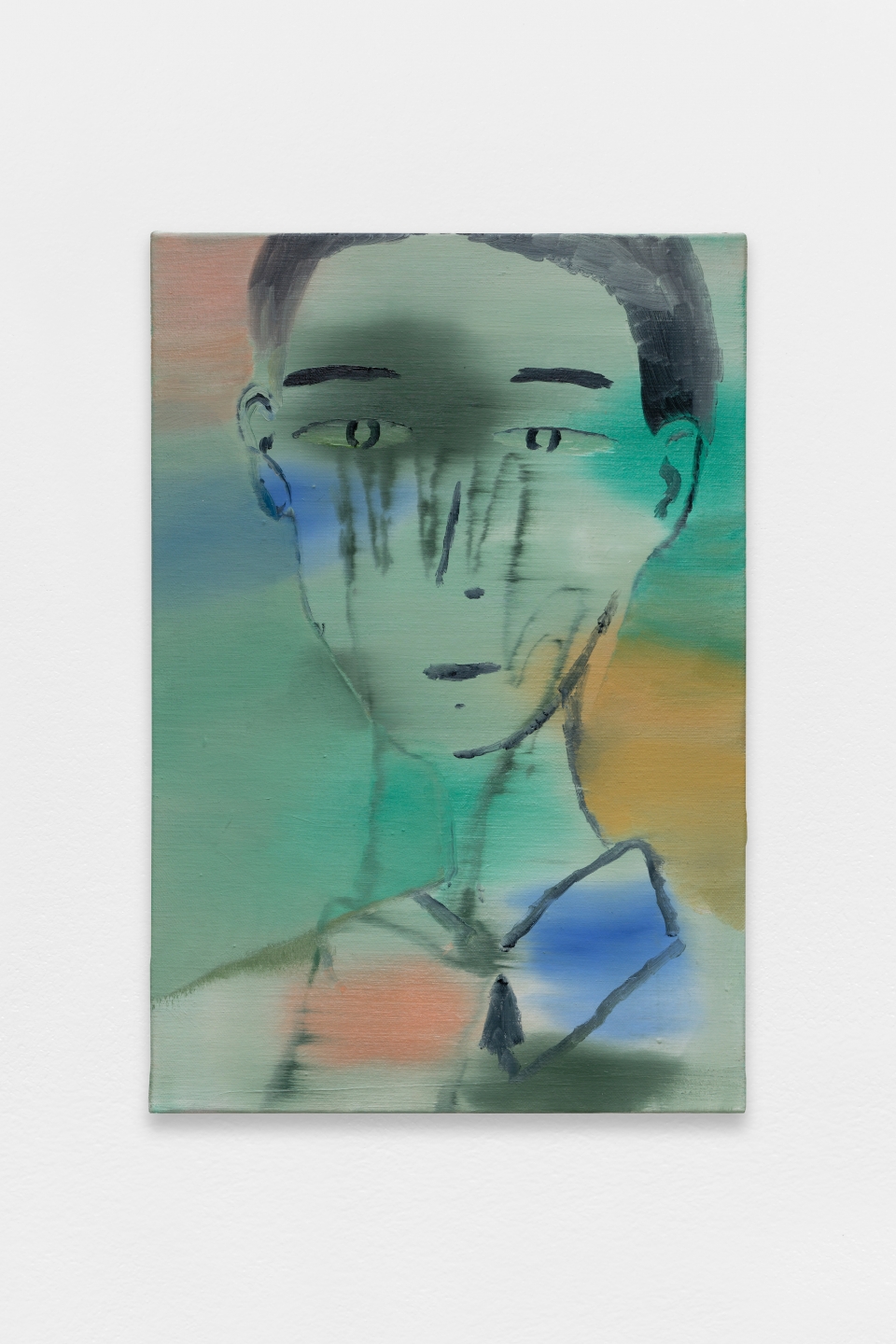
Yu Nishimura, Faraway, 2021, oil on canvas, 60,6 × 41 cm.
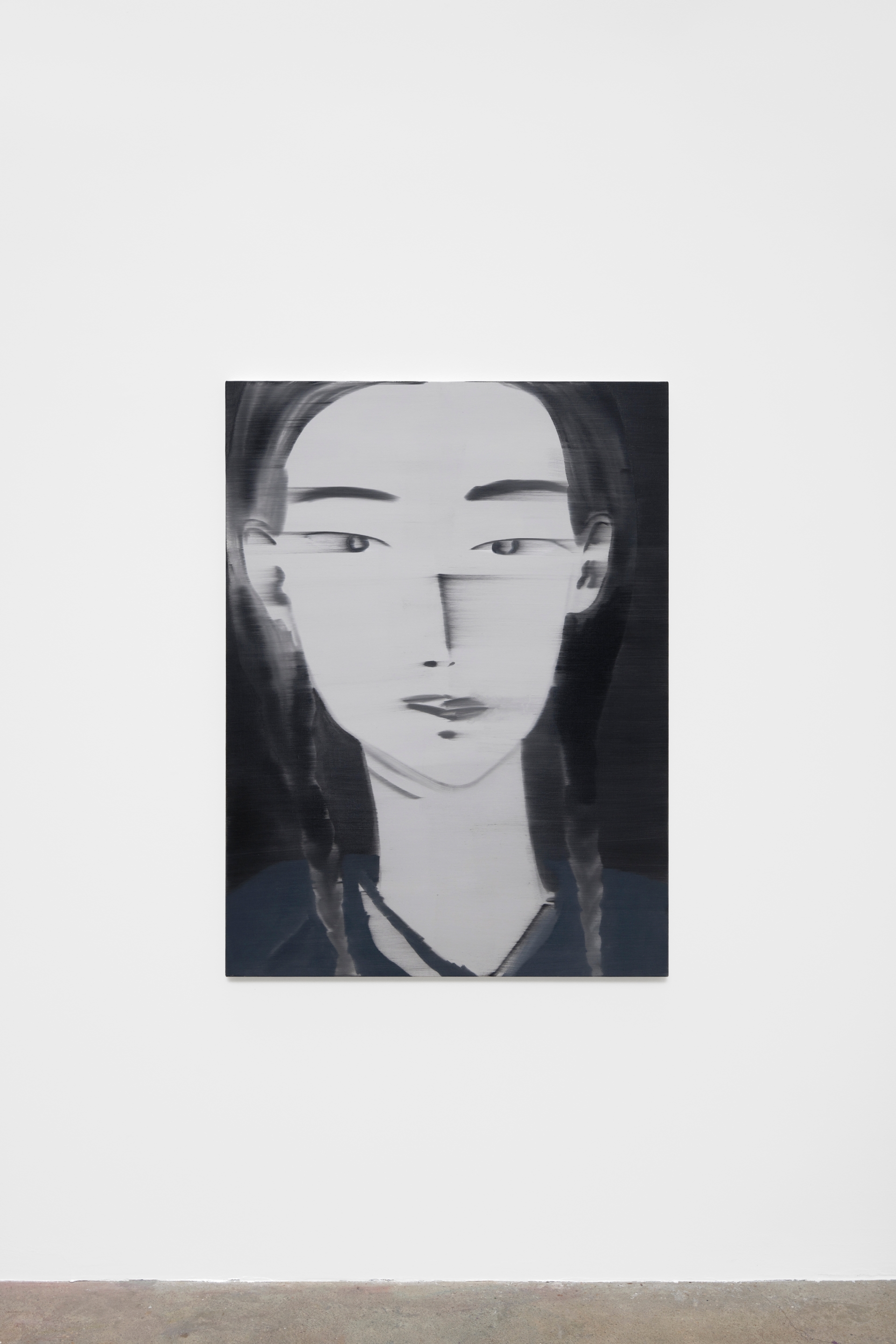
Yu Nishimura, Face, 2021, oil on canvas, 130 × 97 cm.
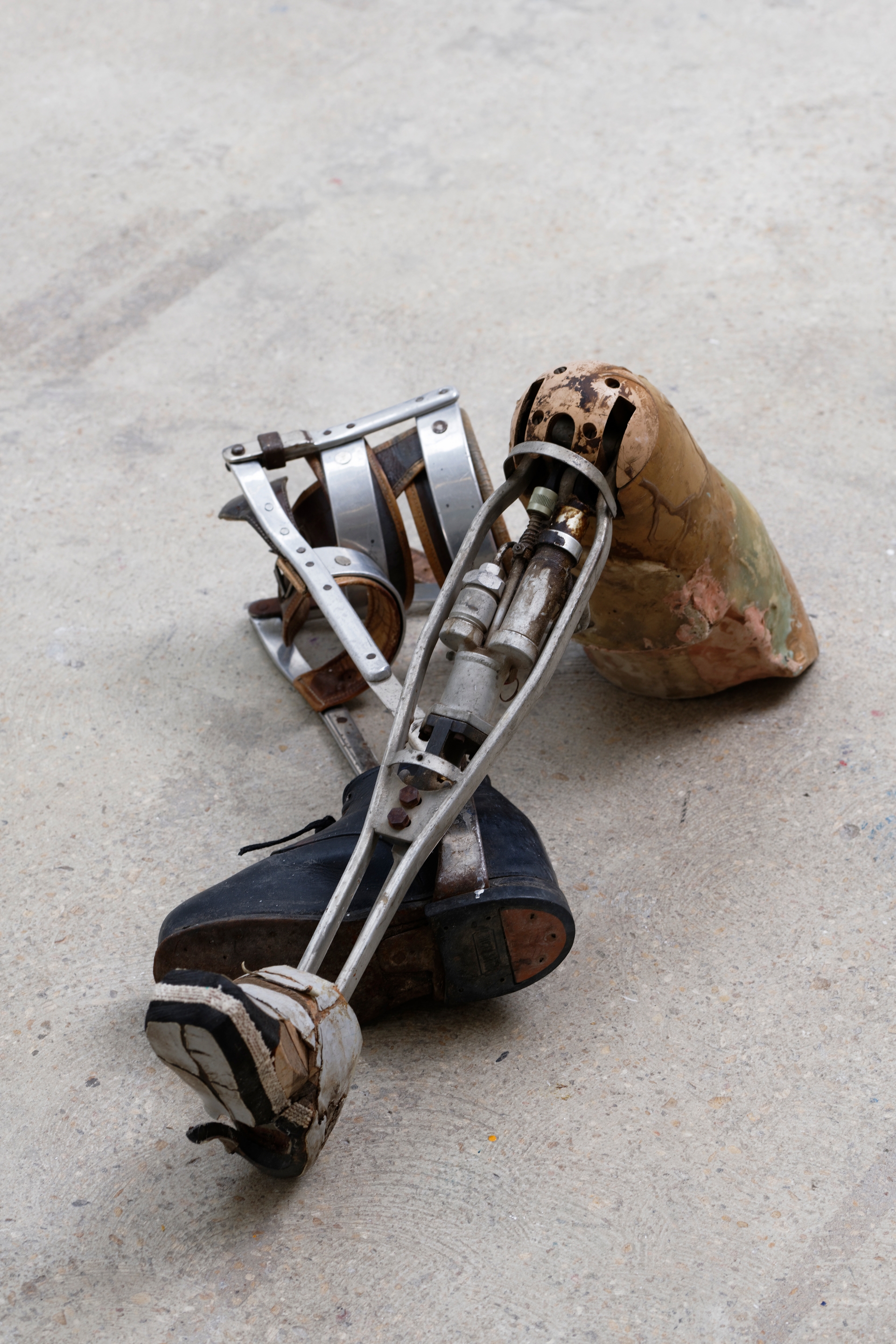
Berenice Olmedo, Anastasia, 2018, hard plastic leg prostheses, steel rods and joints, screws, cloth straps and aluminium hooks, 38 × 76 × 32 cm.
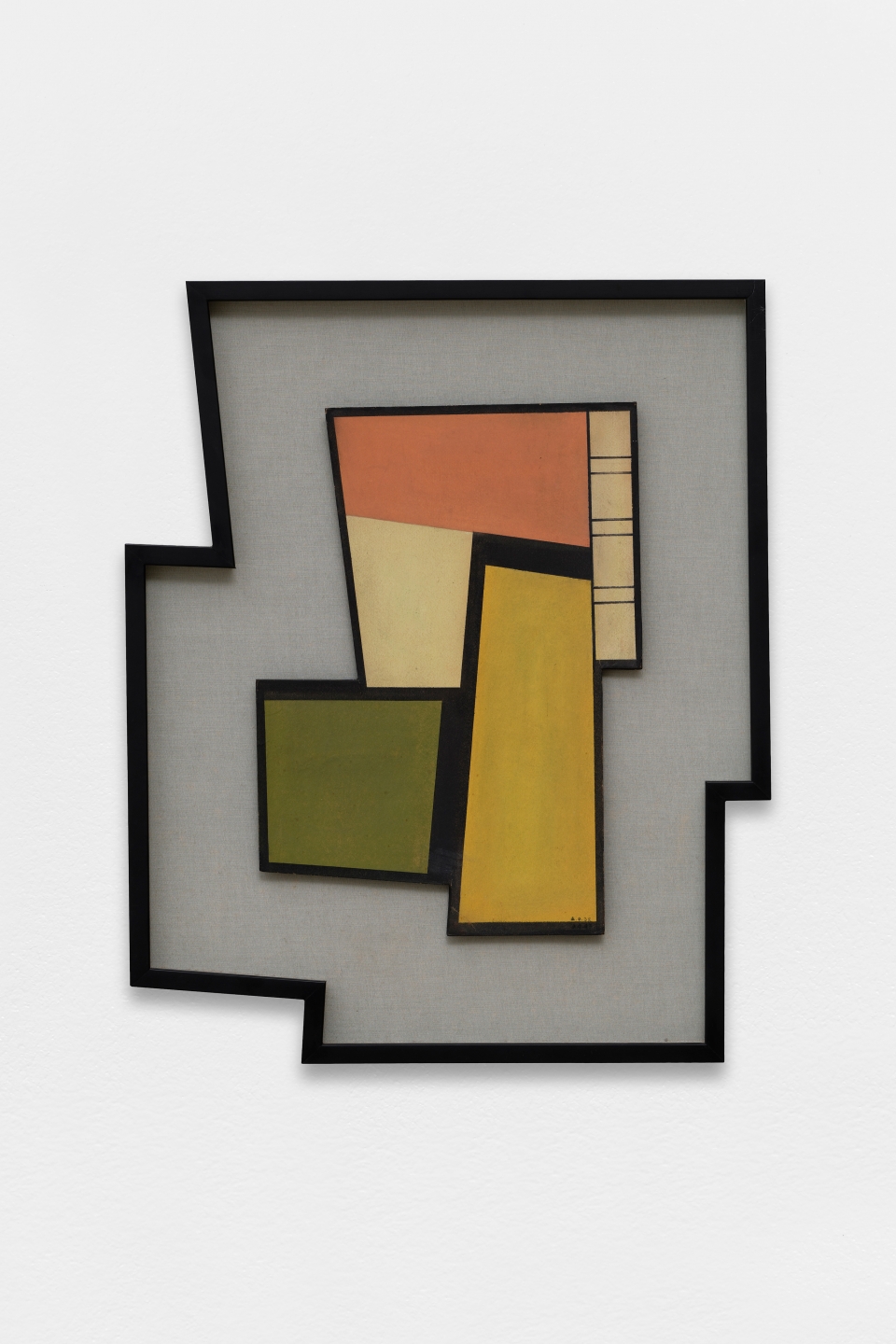
Carmelo Arden Quin, VIDEO, 1938-1943, oil on cardboard, 57 × 44,5 cm.
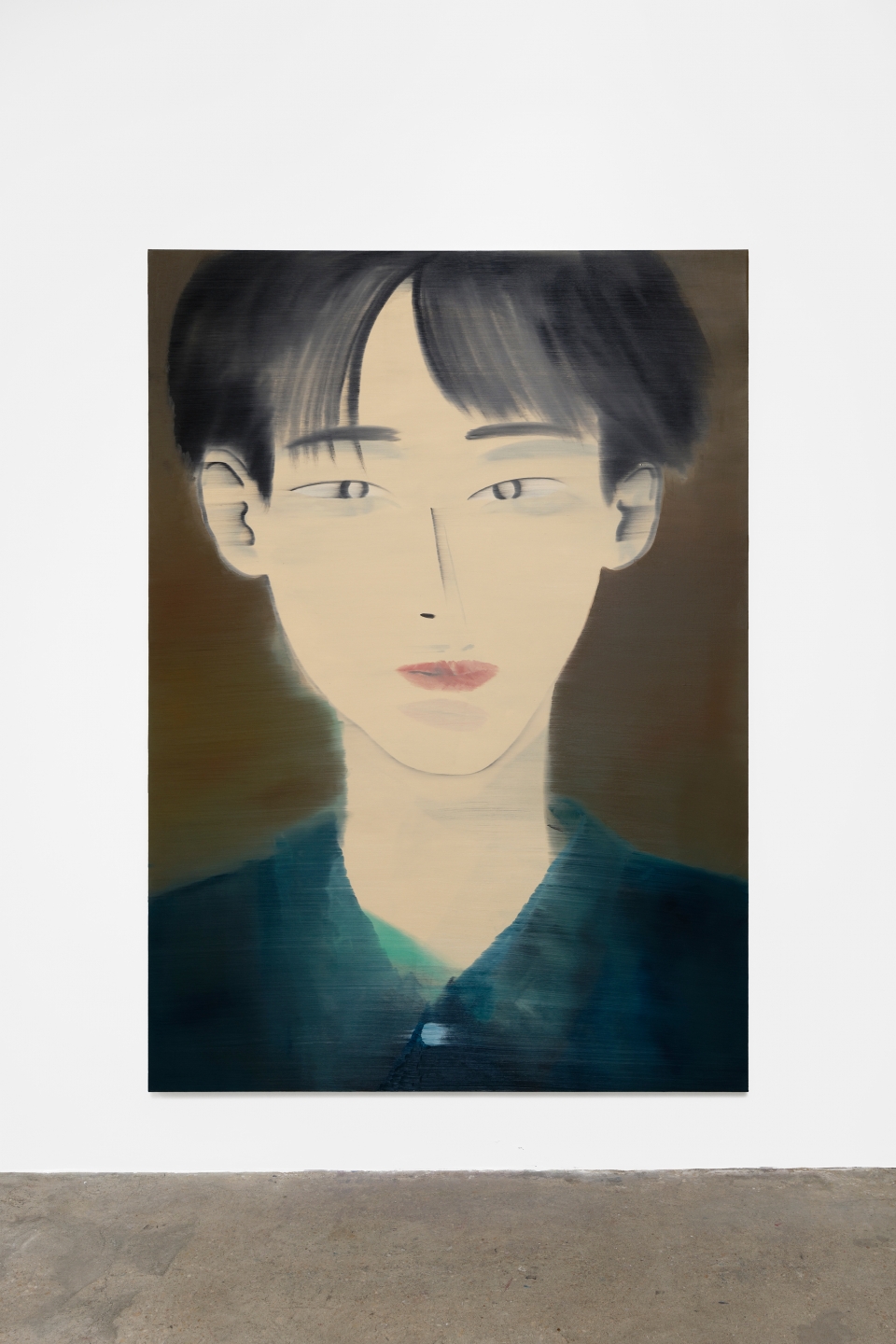
Yu Nishimura, Smile, 2021 oil on canvas, 227,3 × 162 cm.
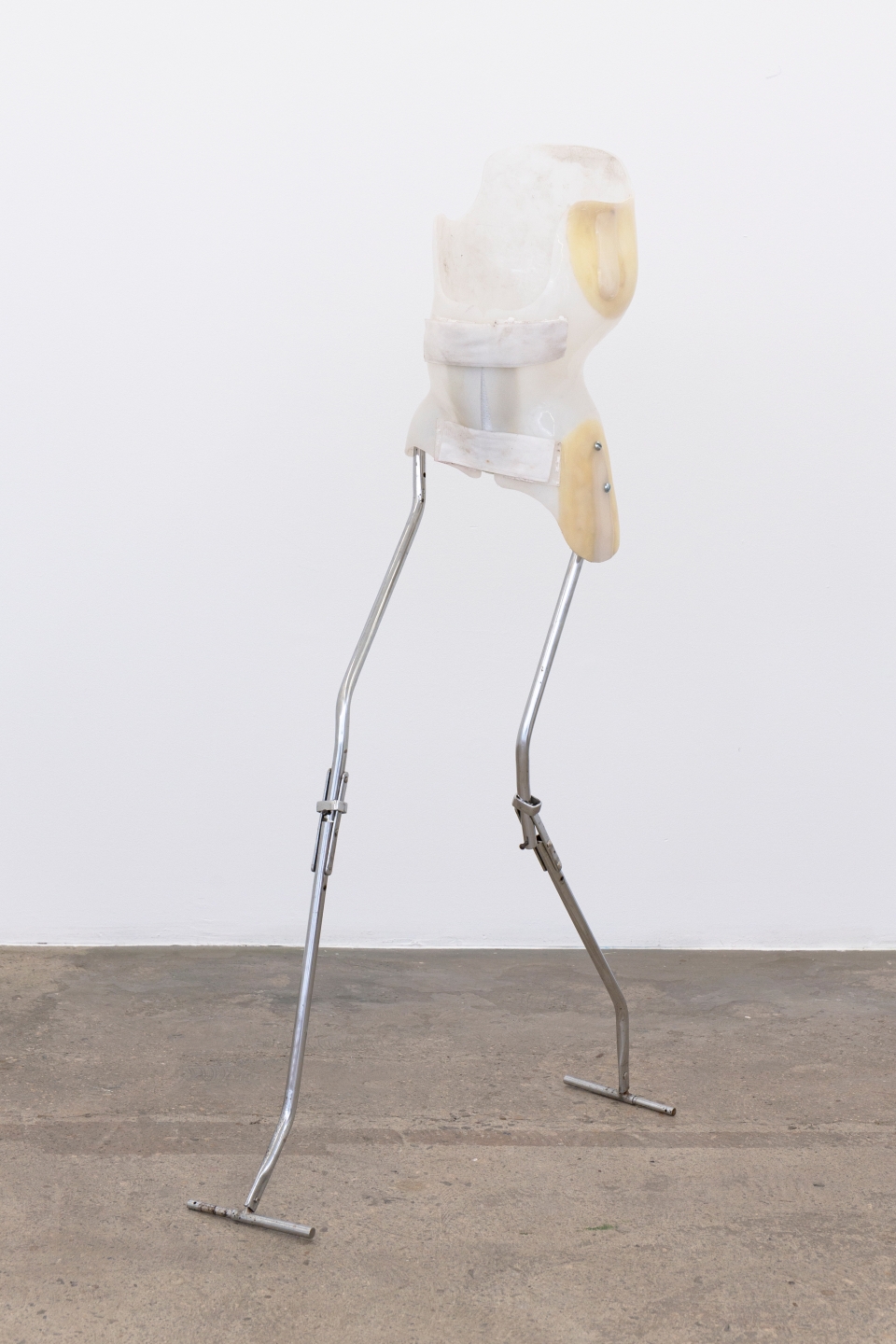
Berenice Olmedo, Alicia, 2021, boston corset, EVA foam and antique stroller parts, 123 × 30 × 63 cm.
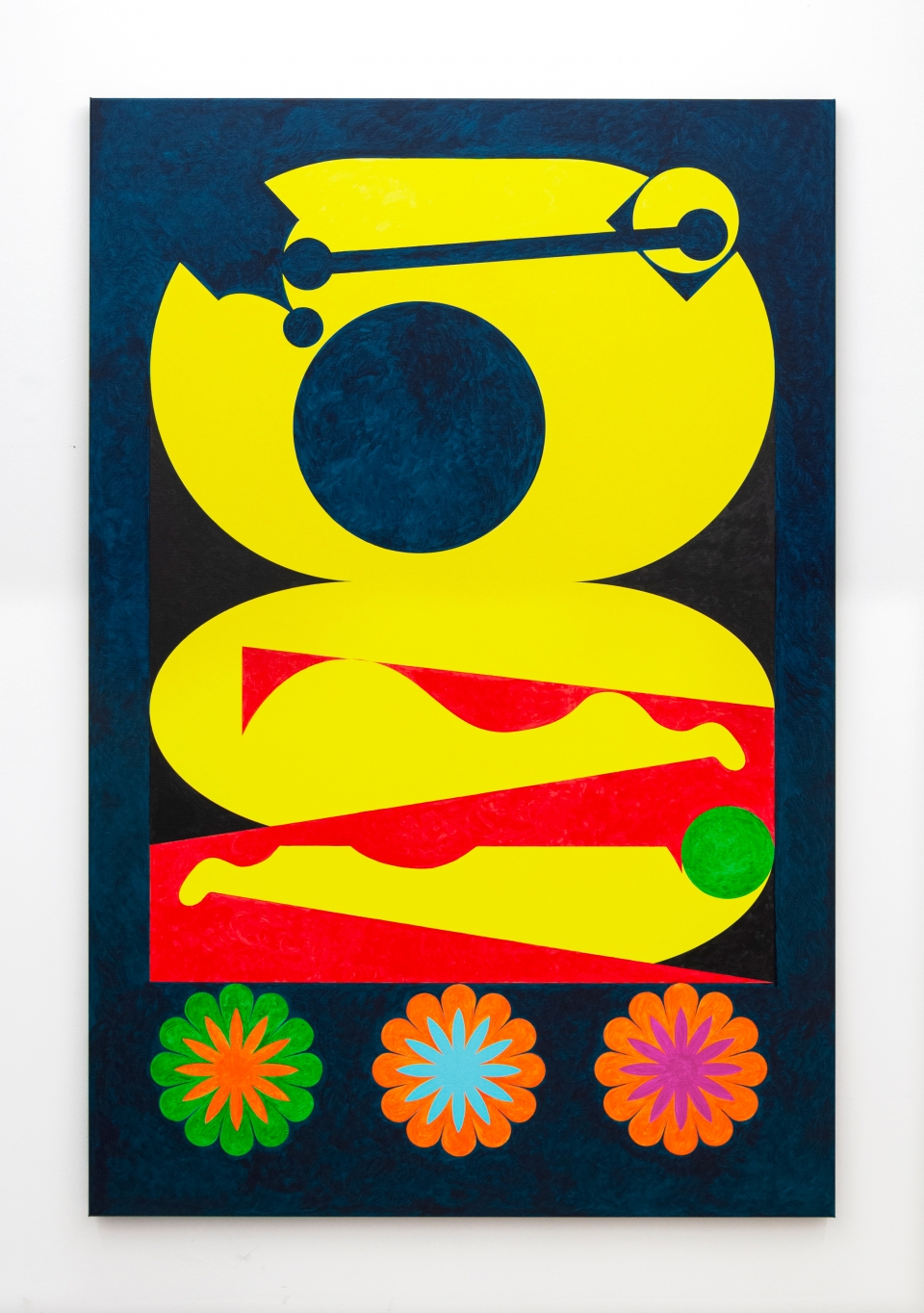
Ad Minoliti, Fabulas, 2021, acrylic on canvas, 180 × 120 cm.
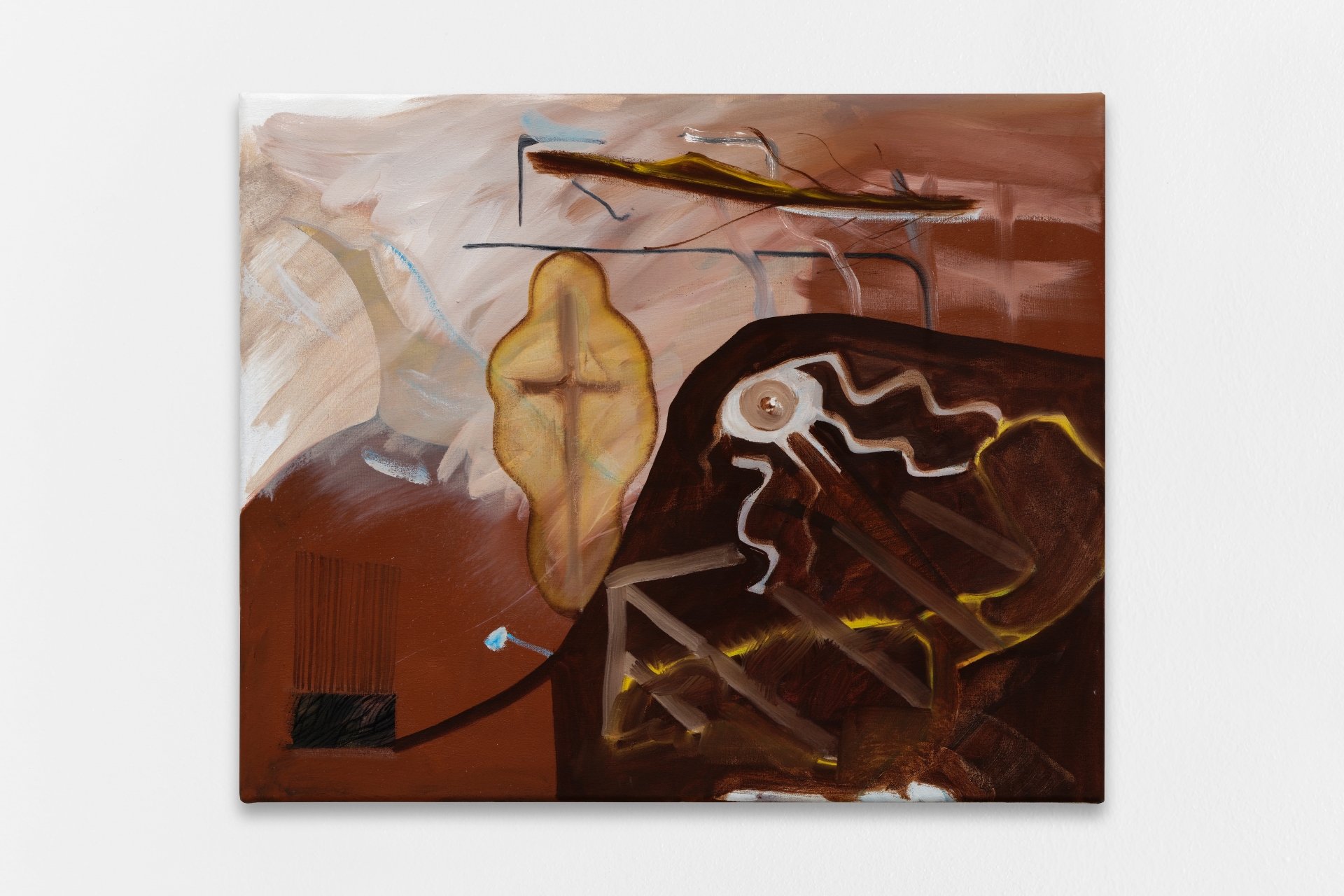
Vittorio Brodmann, Untitled, 2021, oil on canvas, 36 × 44 cm.
PARIS — Cascades
9 rue des Cascades
75 020 Paris – France
from Tue. to Fri.: 10 a.m. to 6 p.m.
Sat.: 11 a.m. to 7 p.m.
and by appointment
PARIS — Beaune
5 & 7 rue de Beaune
75 007 Paris – France
from Tue. to Fri.: 10 a.m. to 6 p.m.
Sat.: 11 a.m. to 7 p.m.
and by appointment
Contact
PARIS — CASCADES: +33 (0)9 54 57 31 26
PARIS — BEAUNE: +33 (0)9 62 64 38 84
info@galeriecrevecoeur.com
